Facilities
Ceramics
The Visual Arts program in Ceramics gives students the technical knowledge and skills they need to further their studies at a four-year university. Ceramics is a studio discipline; students will work to further their ideas and skills with both sculptural and functional forms.
Students learn various construction techniques, clay making, the formulation and application of glazes, and methods of firing, Kiln loading and operation is included in the advanced courses. Students are expected to develop individual, personal direction in their work. Students are encouraged to be resourceful in design and material use.
The ceramics program encompasses approximately 2,000 square feet of studio space with additional kiln space outdoors. Kilns include a Bailey electric, a Glaze Tech test kiln, a Bailey gas, a gas soda, Raku, and an anagama style wood kiln. We also have a soldner clay mixer and a wide variety of dry materials, a slab roller, a Brent extruder, 8 Brent electric pottery wheels, and a well-stocked glaze mixing area.
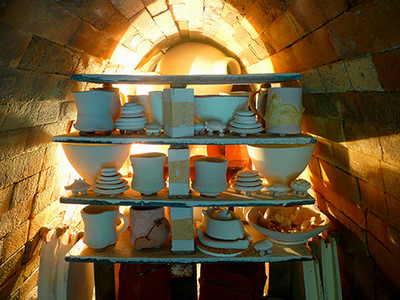 |
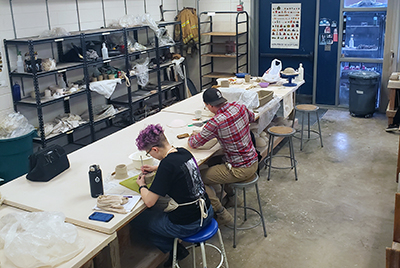 |
Painting and Drawing
The painting and drawing programs focus on the development of the individual student's strengths within a pedagogy that reflects both historical and contemporary theory. Three regular faculty members teach drawing and painting classes at all levels. The current faculty is diverse and exhibits regularly and widely, nationally and internationally.
The average class size is 12 to 16 students and, with ample space to accommodate small and large works. The room is equipped with multimedia capabilities for lectures and research.
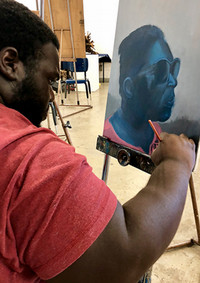 |
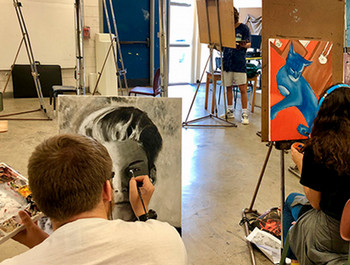 |
Photography
The photography program prepares students to meet a wide range of professional challenges and to pursue a variety of career opportunities. The program stresses visual literacy and encourages students to develop an aesthetic that synthesizes personal temperament with a contemporary understanding of the medium's history and its cultural ties.
A full range of courses is offered. Facilities are available for large format and studio lighting, black-and-white and color printing, digital imaging, computer lab with 10 I-Mac computers. While we are building up the digital component in many of our course offerings, we recognize the impact that the camera-derived image has within both the fine arts and the culture at large.
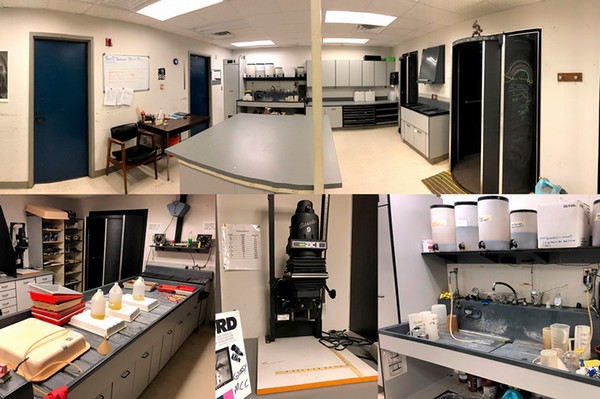 |
Sculpture
Recent changes to the sculpture facility and curriculum have allowed for a broader range of course selection, philosophical inquiry and specific instruction in a variety of materials.
Emphasis is placed on the development of the individual artist to produce and critically evaluate his or her own work and the work of peers. Concepts and ideas are stressed along with materials and processes. Studio facilities can accommodate wood, metal, plaster, clay, paint, and whatever the student can conceive.
Beginning courses encourage the exploration of the fundamental principles of three-dimensional form with projects designed to create a historical awareness while questioning conventional techniques. Advanced students initiate their own projects guided by critical evaluation and technical advice and assistance.
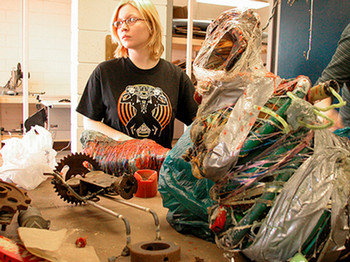 |
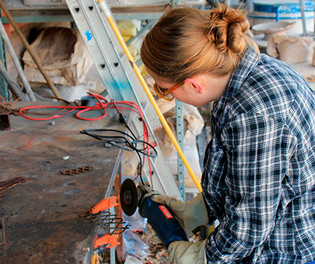 |
Art Appreciation and Art History
Art Appreciation is a general introduction to the visual arts designed to create an appreciation of the vocabulary, media, techniques, and purposes of the creative process. Art History courses are a chronological analysis of the historical and cultural contexts of the visual arts from prehistoric times to the present day.
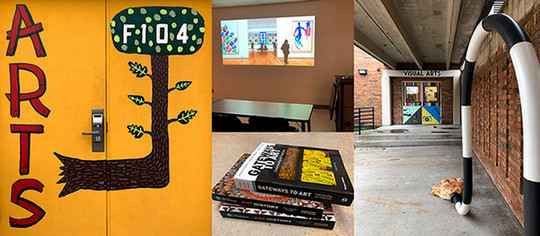 |
Visual & Performing Arts at MCC
- Music Department - Grow your musical talent in performance, education, history, theory, and composition.
- Music Industry Careers - Step into the commercial music world with hands-on experience in performance, songwriting, and recording.
- Theatre Department - Bring stories to life through acting, directing, and design for the stage and costume.
- Performance Venues Map

